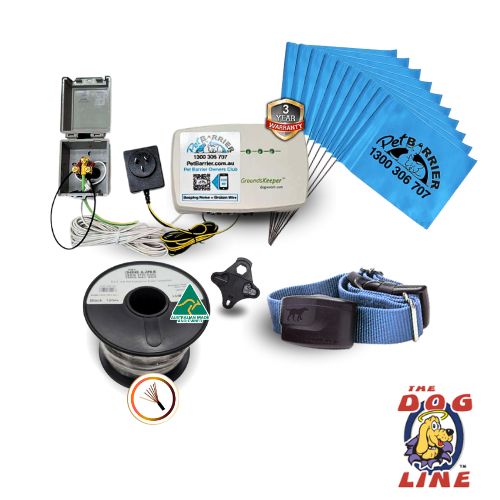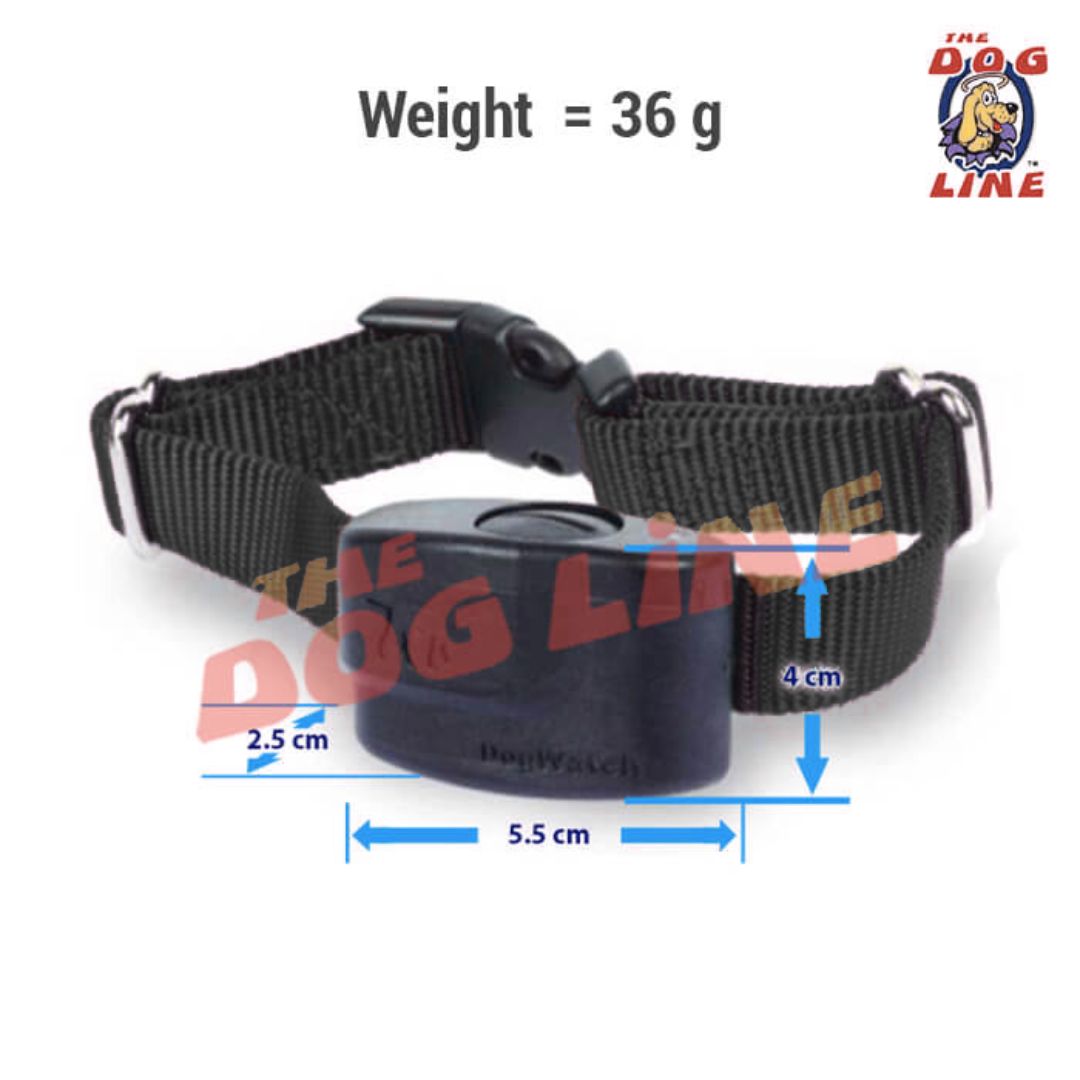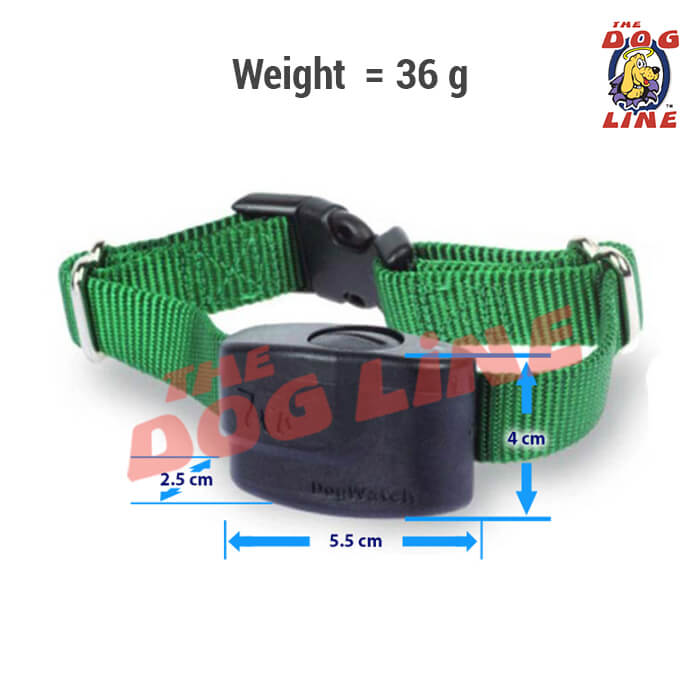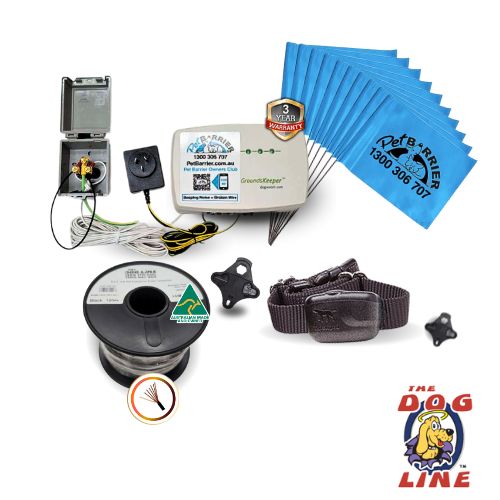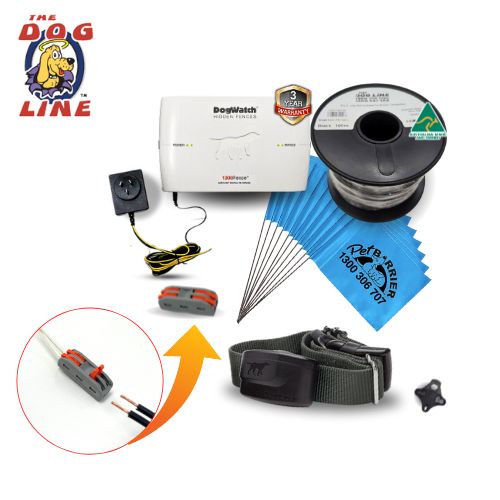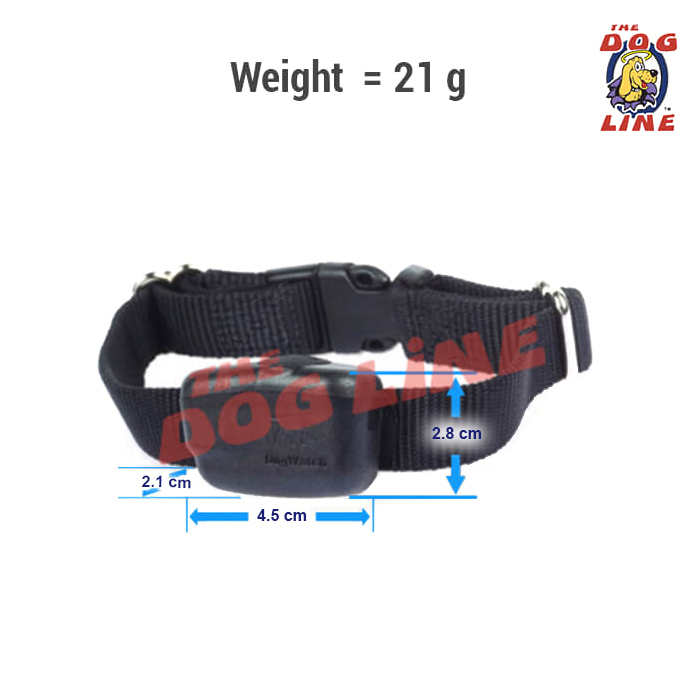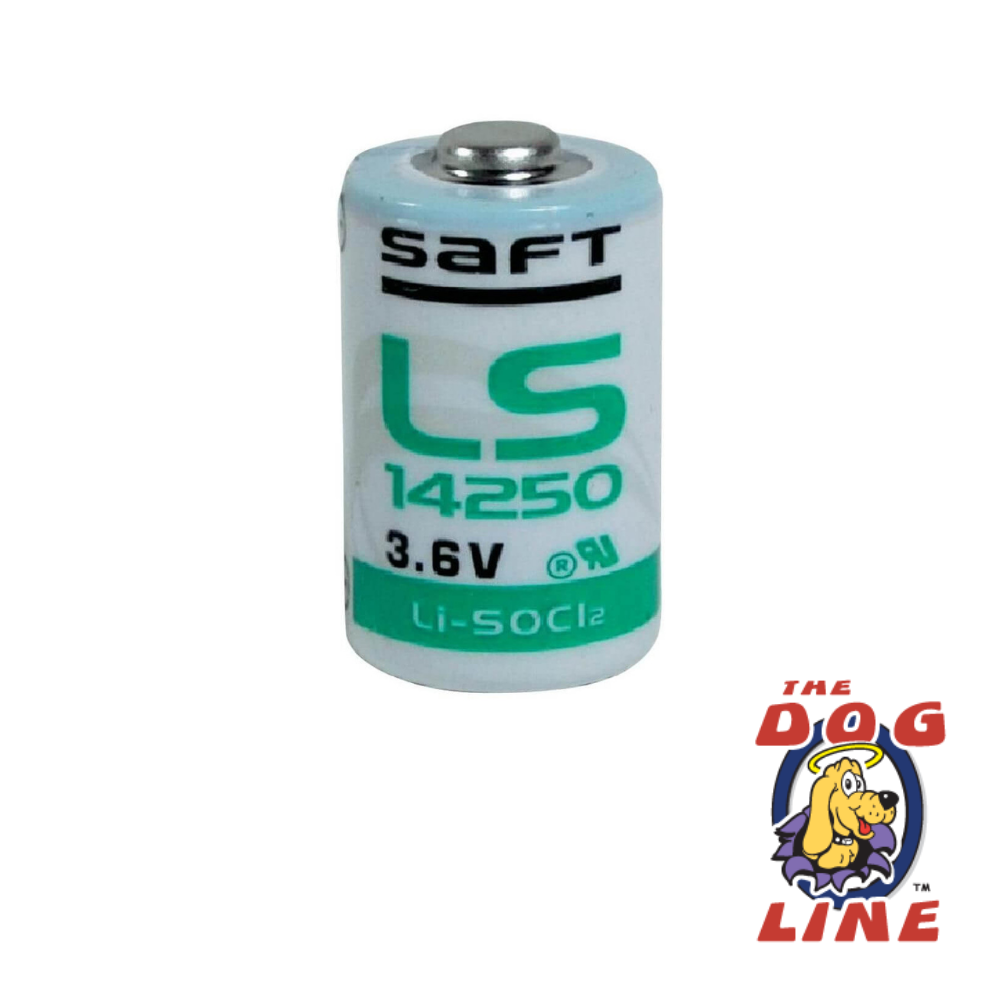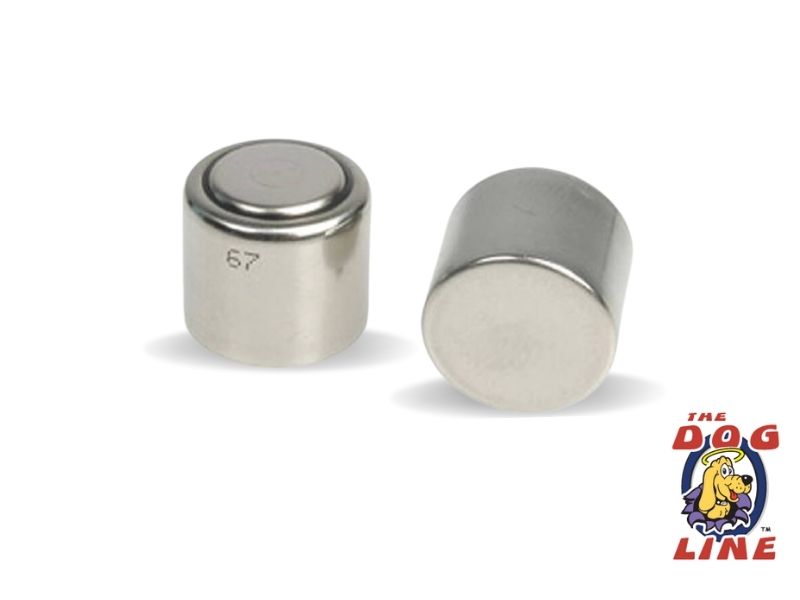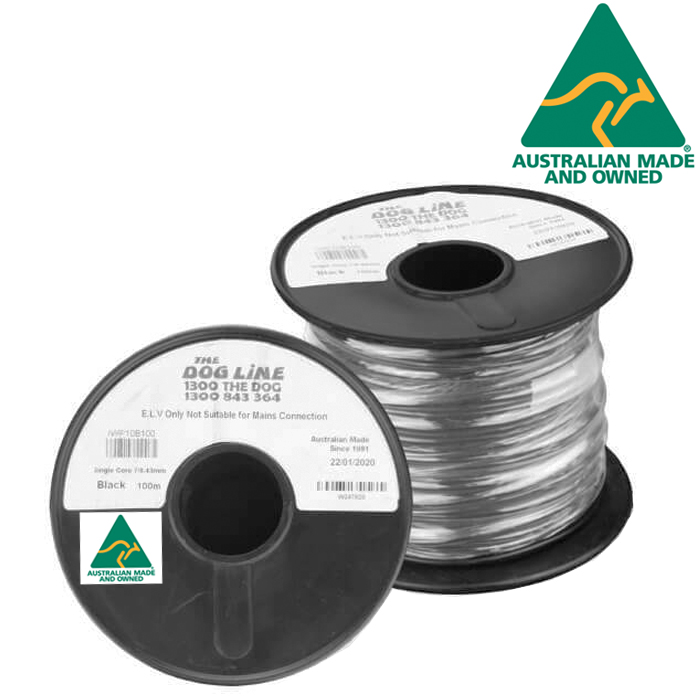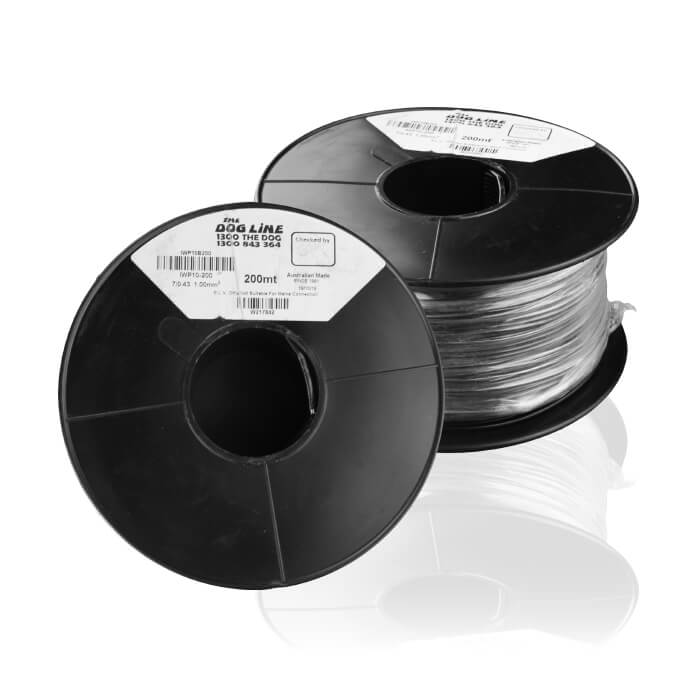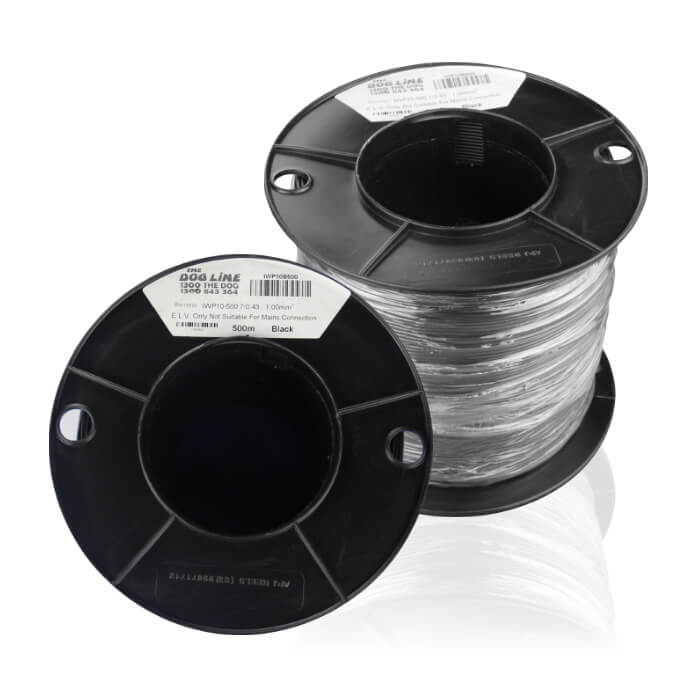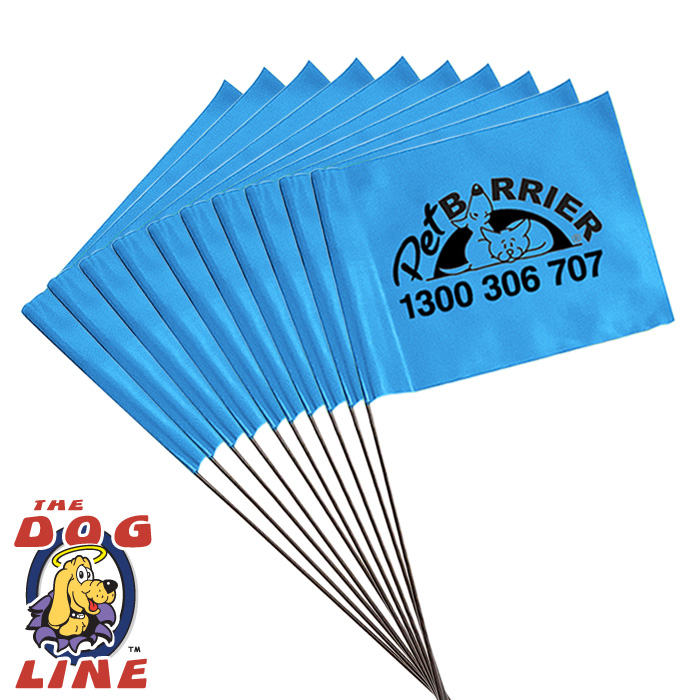How to Install Dog Fence Wire - How to Twist Dog Fence Wire?
This article is all about manipulating the radio signal to what we want to do. Once you understand the theory of what is going on in relation to the transmitter and how the radio signal is travelling down the wire - you can concur anything (Well Nearly anything).
Things You Can Do Once You Understand Twisted Pairs
1. Your dog can walk between the Shed (where the transmitter is located) and the fence.
2. You can keep your dog away from individual gateways.
3. Allow your dog to go near certain fences and not others.
4. Isolate internal areas of the property like garden beds and washing lines to be dog-free zones
5. Allow your dog more room to walk down the side of the house without fear
6. Allow your dog to walk down a path or steps between 2 protected garden beds
Click on any of these icons to see the videos and more information |
|---|
|
|
Twisting The Wires Adds a Whole New Dimension To Your Pet Fence
If you touch 2 wires that are going north and south the radio signal would be neutralized. So you can place a TWISTED PAIR OF WIRE connecting your fence and the barrier but you need a well-regulated power supply and a transmitter so that signals would not jump or fluctuate and scare your dog because they might have Porch Sitting Syndrome.
Once you understand this concept you will be in the top 3.5% of people on the planet who understand Pet Fences - Congrats. Twisting the wires is all about manipulating the radio signal to give you areas that your dog can walk.
But there are certain rules to follow.
The BIG Exception
No.. You cannot run one single wire down the fence double it back and allow your dog to go over it (not that you would ever want to) Watch the video to find out why.
Download Your Free Quote and Pricing Guide Here
There's a lot of options out there we know, and getting it wrong can end up costing more in the long run.
Feel free to call and chat to one of our Dog Fence Specialists to 1300 843 364.
You can also tell us about your dog and property and we will send through our Dog Fence Buying Guide and Pricing.
Discover More about the Importance of
- * Lightning Damage Warranty
- * Regulated Power Supply
- * HDPe Coated Wire (Australian Made)
- * Coded Digital FM Radio Frequencies.
- * The Anti Linger Feature and Battery Life ($)
- * The Chew Warranty
- * Reaction times and 'Anti Run Through'
- * Tri Aerial System
- * Gentle Steps Training for Success
How can I Isolate my Garden Beds?
Protecting your dog is, of course, one of the priorities that why you opt to get an Electronic Dog Fence but surely we also would like that our garden beds, fish pond, and vegetable patches are also protected with a barrier so that your dog could not disturb them.
When isolating garden beds we need to keep in mind these 2 things:
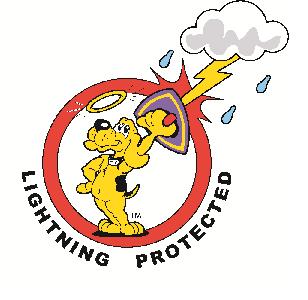
1. Regulated Power Supply
The unregulated power supply can change significantly when the voltage input or load current changes. Having a regulated power supply does not allow the radio signal to fluctuate even when the current changes.
2. A Good FM Transmitter
If you have an FM transmitter you won't have to worry about signals jumping from one place to another and it keeps your dog from getting zapped even he is in a safe zone and if that happens he'll be scared.
How to Twist the Electric Dog Fence Wires?
Just Twist the Wires Gently (Twist, Drop and Cover)
One way of twisting the wires would be placing them inside a drill and give them a gentle twist then you can drop it in the trench you have made, making sure that wires are twisted enough so they are touching each other and just cover the wire with some dirt. Your dog can now walk across the top of those twisted wires and will not get affected by anything.
So this is all handy information to have when you are designing your dog fence layout - I am surprised by the number of people who have a pet fence but their dog is still tearing up the washing - (their dog is not jumping the fence but they have to buy a new pair of jeans every month) A little knowledge adds so much value to your Pet Fence Project.0
Why Does A Twisted Pair Stop The Signal And When That Won't Work?
IF you simply twist one wire together like running it back on itself it will NOT stop the signal (never Ever).If you run a wire from the fence to a garden bed, go around the garden bed and then run it back along the first wire to where you started - your dog can walk across the 2 touching wires but not get into the garden bed.
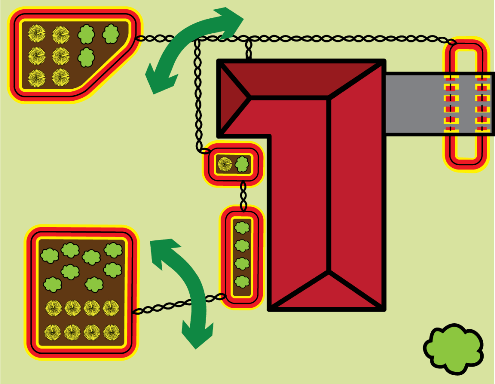
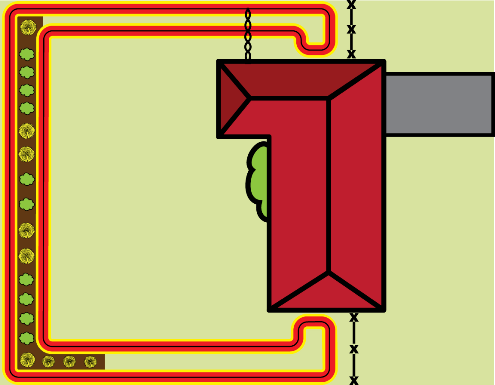
Why? Just think "North" and "South"
The Transmitter is like a Radio and the Wire is the Aerial.
If the transmitter were a 2-way radio the signal would travel up the aerial (the wire) and leave the areal to travel outwards. But if we run the wire (The Aerial) back into the transmitter AFTER it has traveled around the property. The transmitter can then BLOCK the signal so it has no choice but to expand out of the wire. (Which is why the signal increases as you turn up the Range Control(or volume)you are increasing the pressure to push the signal further away from the wire.)
When The Signal Travels North Then South - It Restricts The Distance.
Once you understand how the radio signal is created we can add this quirky little fact that when the radio signal runs up to the garden bed and then back again and the 2 wires are touching. It will neutralize the radio signal.
Which is also why your dog can wake between the shed and the fence - the signal travels North to get to the boundary - runs around the property heading in one direction and then travels south back to the shed where you started from.
Things that will make it hard to manipulate the Pet Fence radio signal and do the things you want to do.
1. A Non-regulated power adaptor that may fluctuate the Radio Signal from one section to the other
2. Signal Bounce - Signal Jump - Signal Coupling (often caused by point 1)
3. Poor quality radio frequencies and transmitters
4. Not watching the video on this page and in the Garden Bed Page
The Double Loop - Allows You To Helps Cancel Out The signal

A double loop is when you are just doing, say the rear of the property - you can run one wire at the top of the fence to the other side of the property and then return the wire to the transmitter along the bottom of the fence.
If it is a garden bed protection you can run the wire along the rear of the garden and along the fence and then return the wire along the centre of the garden bed.
When you do not need the radio signal you can touch the wires together - here you have the North/South effect and so can neutralize the radio signal and let your dog into that area.
So let's say you have no need for the radio signal along your back fence (which may be a 10-foot tall brick wall) and there is no way your dog can escape over that fence. As you run the pet fence wire back to the transmitter you can touch them together along the wall and allow your dog access.
Dog Fence Training - Helix
Helix is a very jolly and active dog but he is scared of thunder, fireworks, and gunshots. Now his grandmom and granddad decided to install a Radio fence for his safety. You can watch his Training here and see how good he reacted to the radio dog fence. Click the button down below to watch him get trained.
We have wide options of electric dog fences that surely fit your dog types and different areas that you want to be safe such as garden beds, small property, large property, and even indoor property. Each type has its own distinct features that offer a great deal for both of you and your dog.
Are you confused about the choices? Then Download our FREE Dog Fence Buying Guide.
We have put together a Comprehensive Guide... That includes 7 Points to consider before you make a decision on a Dog Containment System. Tell us a bit about your dog and your property and we will put together a quote and send you our FREE report will ensure that you understand how these systems work and the questions you need to consider to ensure you get the results you are looking for the first time.
 The Dogline
The Dogline

























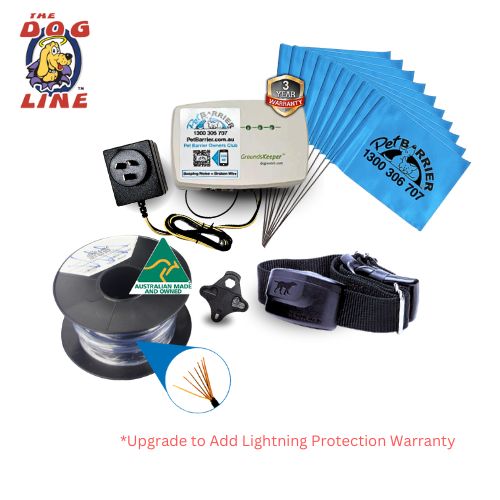

.jpg?_)

